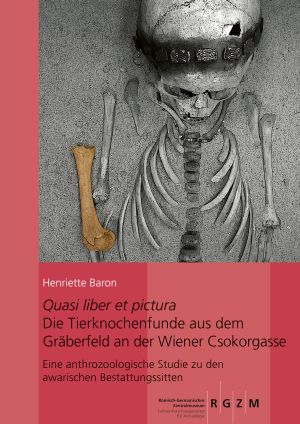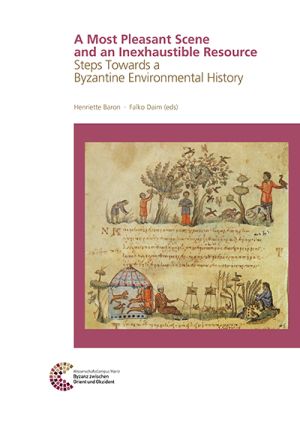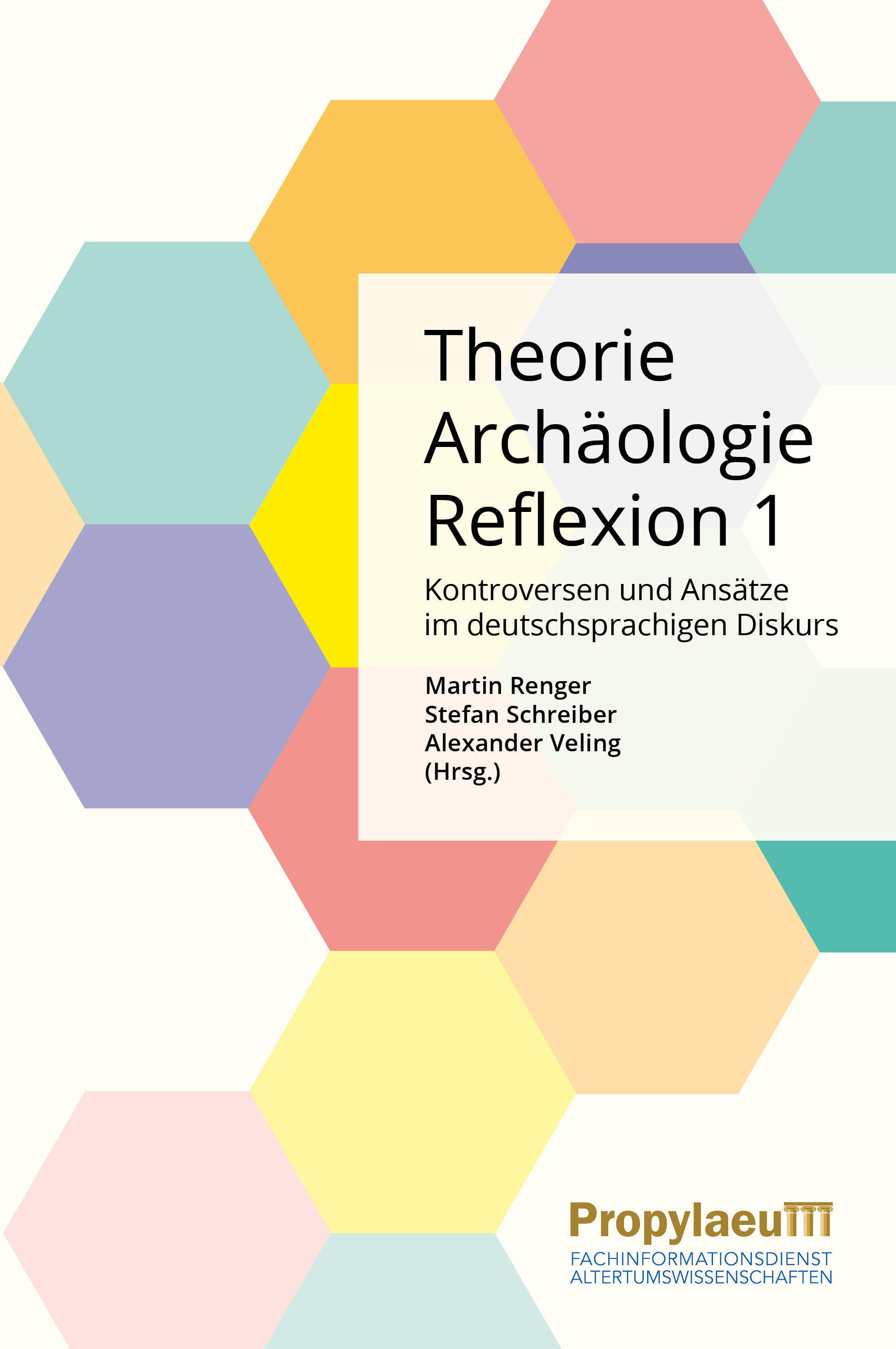Baron, Henriette
Quasi Liber et Pictura: Die Tierknochenfunde aus dem Gräberfeld an der Wiener Csokorgasse – eine anthrozoologische Studie zu den awarischen Bestattungssitten
Animal bones in Avar cemeteries are often interpreted as food offerings for the dead or, more generally, as "sacrifices". But why did the Avars choose certain animals and animal parts to place in the graves of their dead?
Henriette Baron presents the animal bone finds from the Avar cemetery at Csokorgasse in Vienna, analyses burial practices and provides a detailed overview of Avar animal remains from the 7th and 8th centuries - with the aim of gaining new insights into what people actually saw in the animals. It becomes clear that the interpretation as food offerings sometimes falls short; the selected animals and animal parts had deeper meanings. There is also evidence of a change in the practice of offering animals over several generations, which may be linked to fundamental social changes.
On closer inspection, animals are "like a book and a painting" - "quasi liber et pictura" - a mirror of our being, as Alain de Lille wrote in the 12th century.
A Most Pleasant Scene and an Inexhaustible Resource Steps Towards a Byzantine Environmental History: Interdisciplinary Conference November 17th and 18th 2011 in Mainz
What do we know about the environments in which the Byzantine Empire unfolded in the eastern Mediterranean? How were they perceived and how did man and the environment mutually influence each other during the Byzantine millennium (AD 395-1453)? Which approaches have been tried up until now to understand these interactions? And what could a further environmental-historical research agenda look like?
These questions were the focus of an interdisciplinary conference that took place on 17 and 18 November 2011 in Mainz. The present conference volume brings together contributions from researchers who have approached these issues from very different perspectives. They focus on the explanatory power of traditional as well as »new« sources and the methods of Byzantine Studies and Byzantine archaeology for this hitherto little-explored sphere. In this way, we see how closely environmental history is interwoven with the classical topics of Byzantine research – be they of an economic, social or culture-historical nature.
Theorie | Archäologie | Reflexion 1: Kontroversen und Ansätze im deutschsprachigen Diskurs
The double volume “Theory | Archaeology | Reflection. Controversies and approaches in German-language discourse” is dedicated to the diversity of approaches that shape archaeological theoretical discourse today and in the near future. To this end, it brings together groundbreaking contributions, exciting thought experiments and initial theoretical approaches across the archaeological spectrum. Both established and young academics contribute new impulses and approaches to the discourse or discuss existing approaches. The articles of the first volume focus on disciplinary definitions, standpoints and positioning, as well as on questions of ethics and responsibility in archaeologies.









